|
Historic Canoa Ranch is a Pima County park just south of Green Valley, to the east of Interstate 19. It was acquired by the county in 2001 and has been under restoration/development ever since. The county has done a great job, retaining the original ranch buildings, and restoring a pond and adjacent wetland areas, making it a great spot for birding. The county offers morning birding trips on a regular basis, similar to their offerings at Agua Caliente in the Tanque Verde Valley. Below is a map of Historic Canoa Ranch. On this satellite photo from Lightroom Classic the pond appears to be empty. The photo was likely taken during the pond construction. The orange and yellow rectangles represent locations of photography during my last trip. I have been to Canoa Ranch multiple times in the past few years, and three times this year, but this is my first post on the park. White-faced Ibis takes Petit Bites . . .Canon R6, RF 100-500mm with 1.4x extender, 700mm, f/10, 1/4000 sec., ISO4000.
As I have written before, I am really intrigued by birds feet - they are a marvel. In this series we see a White-faced Ibis' long toes without webs, handy for wading in the mud and in reedy areas. The long decurved bill is used to search for and grab food. Ibis's eat mostly invertebrates such as earthworms, crayfish, and insects, foraging by sight or touch. For more on their feeding habits, see All About Birds. Above, the ibis is sweeping his bill through the water, and below has caught a small critter. Above the cycle repeats, and below we can see the prey in the back of his throat. Male and female White-faced Ibis' look similar, with the male being larger. The bird here is coming into breeding plumage. Great Egret Goes for Gold . . . .Canon R6, RF 100-500mm with 1.4x extender, 700mm, f/10, 1/4000 sec., ISO 6400. The Great Egret is in the same order as the White-faced Ibis (Pelecaniformes), but in the family Ardeidae, along with herons. The Great Egret has an orange bill with dark feet, whereas the Snowy Egret has a dark bill and yellow/orange feet. Great Egrets eat mainly small fish, as well as amphibians, reptiles, birds, small mammals and invertebrates. They hunt where they can wade, belly-deep in fresh or salt water wetlands, alone or in groups. Here we see a Great Egret who has caught what appears to be a goldfish, a small member of the carp family, native to East Asia, common as pets in North America, and when released into the wild, an invasive pest. He drops the fish, and then picks it up and tries to swallow it. It is a big one. It is not clear that he will get this one down. He is standing close to the pedestrian trail, and decides he wants more privacy for his dining adventure, so he takes off with mini-carp, AKA Goldfish, in his mouth. After I captured this frame, he dropped the fish into the pond. This may have been for the best, although the wading birds do swallow large prey such as bull frogs (also invasive) without much trouble. For a Green Heron swallowing a bullfrog at Sweetwater Wetlands, see "I can't believe he ate the whole thing," Park II Black-necked Stilts Make Us Dizzy . . .Canon 7D Mk II, EF 100-400mm with 1.4x Mk III extender, 560 mm, f/8.0, 1/500 sec., ISO 125. The next two species, Black-necked Stilts and Kildeer, are both in the order Charadriiformes, a diverse order with many families and species. The order is collectively known as "shorebirds" but can be found in almost every habitat. Stilts and Avocets are in the family Recurvirostridae. Black-necked Stilts live throughout the Americas, in North America living in Mexico, Texas, Louisiana, parts of Florida and the pacific coast, migrating through SE Arizona. They have pink legs, and striking black and white plumage. The picture above was captured in May of 2019 In Galveston Texas, the one below the same week but up in the big thicket. I have included them here because they show the markings well in good light. Canon 7D Mk II, EF 100-400mm with 1.4x Mk III extender, 560 mm, f/8.0, 1/1250 sec., ISO 400. Now, back to Canoa Ranch . . . . Canon R6, RF 100-500mm with 1.4x extender, 420mm, f/10, 1/8000 sec., ISO 10,000. On April 19th at Canoa Ranch, a raucous flock of stilts circled the pond repeatedly, literally making us dizzy as we tried to track their flight. They would move away from the pond, only to return and do a few more circuits. I was able to get these shots. Above we can see them in close formation with the edge of the pond in the background. Black, white and pink make for a striking appearance. Below, two birds out of the formation shows the black neck, but predominantly white back and short white tail. Long bill, white spot over the eye. Canon R6, RF 100-500mm with 1.4x extender, 700mm, f/10, 1/4000 sec., ISO 2500. Finally, a graceful formation on one of their circuits. For the photo geeks: These birds fly fast, and catching them in flight was a challenge. In addition, the sky on the 19th was a milky overcast. All post production processing done in Lightroom Classic CC. The new subject recognition feature tended to identify the white feathers of the stilts as part of the sky (ugh!). "Killdeer," yes, that is what he said, but he is really a plover . . .Canon R6, RF 100-500mm with 1.4x extender, 700mm, f/10, 1/2000 sec., ISO 2000. Killdeer are in the same "shorebird" order as the Black-necked Stilt, but in the family Charadriidae, Plovers. They are named after their voice, an excited kill-deer. They live year round in most of North America, breed in Canada, and winter in southern Mexico and Central America. They are common in wetland areas of SE Arizona, but are usually spotted at a distance, and are tough to photograph. On this day, this Killdeer got up close and personal, and I was able to get better detail as he dined at the buffet of invertebrates offered by the wetlands. The buffy tan back blends in well with the wetlands. The Black rings on the neck are striking as well as the red eye ring. Note that this is an eye ring, and not the iris. Great legs and feet for wading. (I know . . the foot thing again . . .) Our last species is not a water bird, but a songbird. Note that although this post has concentrated on a few waders on the water, there are a large number of songbirds at Canoa Ranch. Next stop, the Lark Bunting . . . Lark Bunting in Breeding Plumage, Elegant in Black and WhiteCanon R6, RF 100-500mm with 1.4x extender, 700mm, f/10, 1/1000 sec., ISO 800. Lark Buntings are New World Sparrows, songbirds (passeriformes) in the family Passerellidae. There are 42 species in this family, including some of our regulars in SE Arizona, the Yellow-eyed Junco (Mt Lemmon), the White-crowned Sparrow, and the towhee's, including the Spotted Towhee and Abert's Towhee. Lark Buntings winter in SE Arizona, southern New Mexico, much of Texas and Mexico and breed in the plains states including Colorado, Montana, and the dakotas. The male above is in his black and white breeding plumage and is likely headed north for breeding. He was one of three males we saw along with three females in the same bush. In the image below we see him with two of the females. It is mostly likely they are traveling together, and may have stopped at Canoa Ranch for a bite to eat on their journey. That's all for now. I am off to northern Ohio and Magee Marsh to look for some traveling warblers. Wish me luck!
More soon. Happy Trails!
0 Comments
Leave a Reply. |
AuthorHenry Johnson, photographer and author of this site. For more detail, see About
Categories
All
Archives
July 2024
|
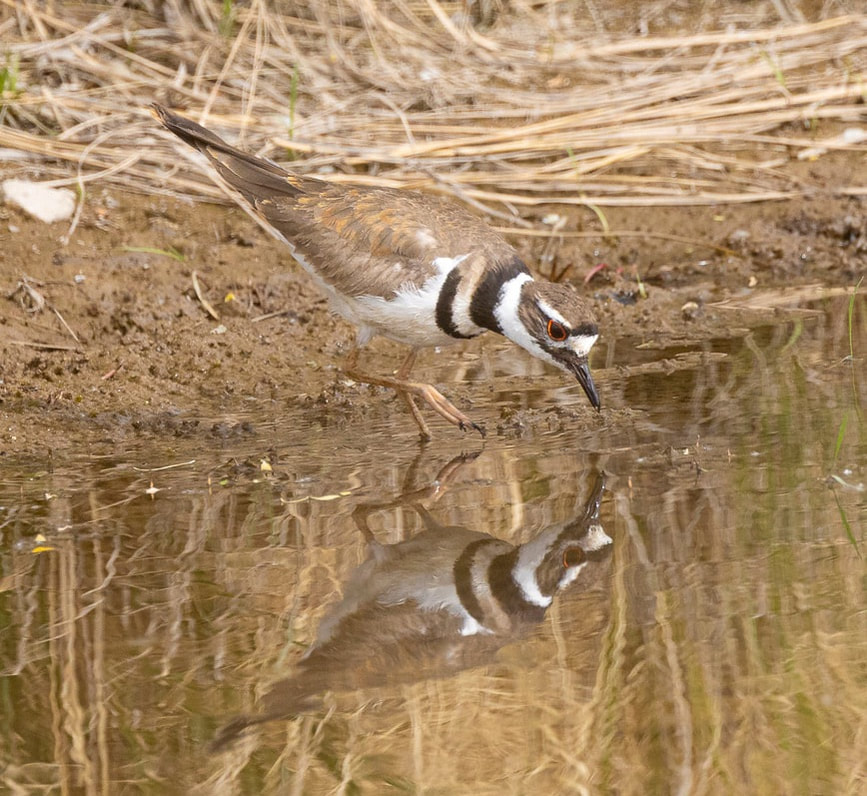
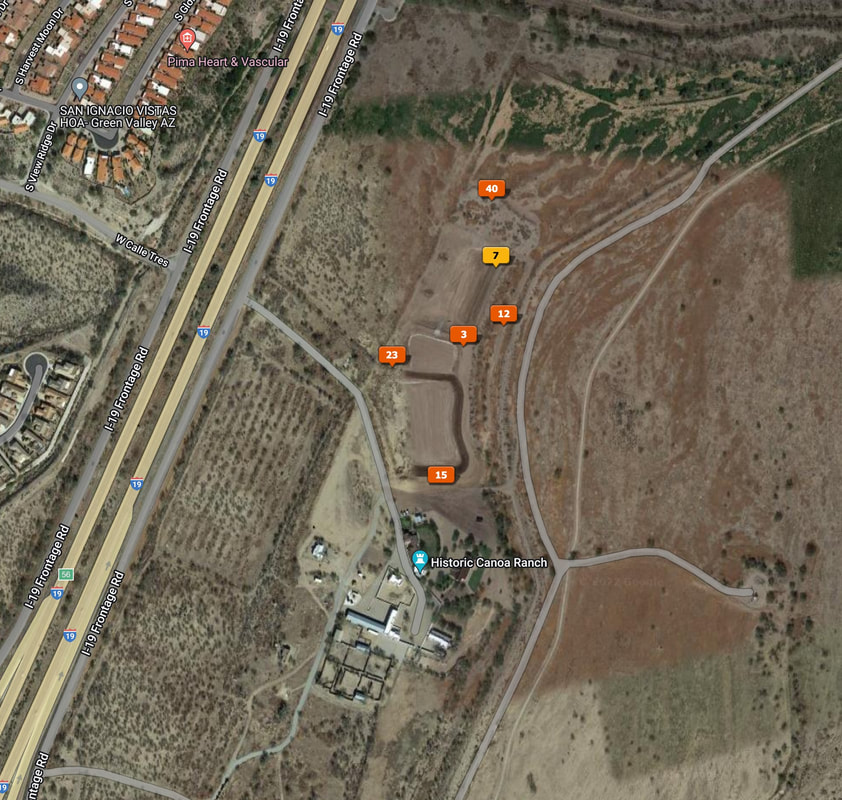
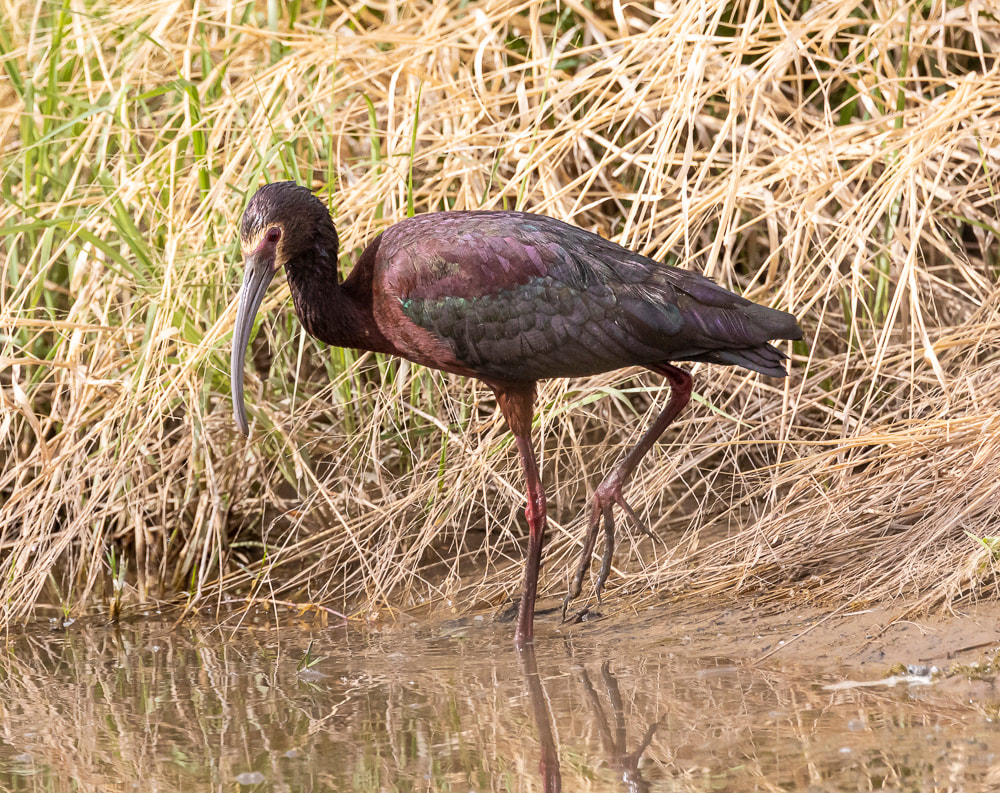
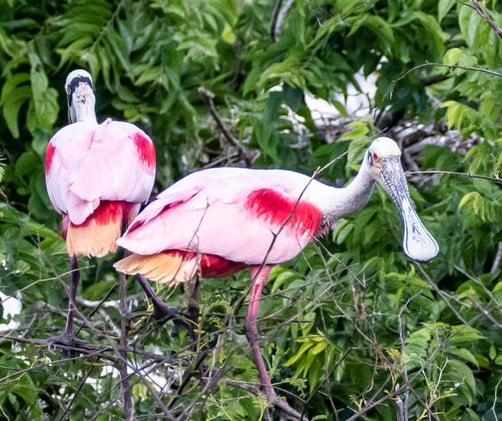
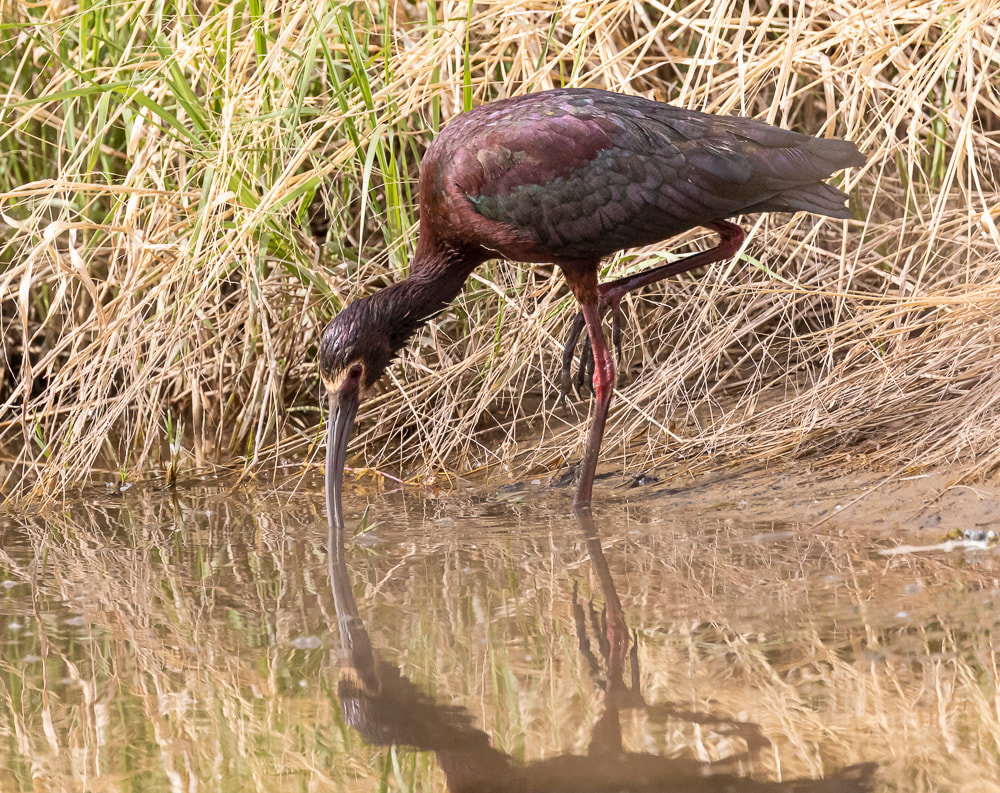
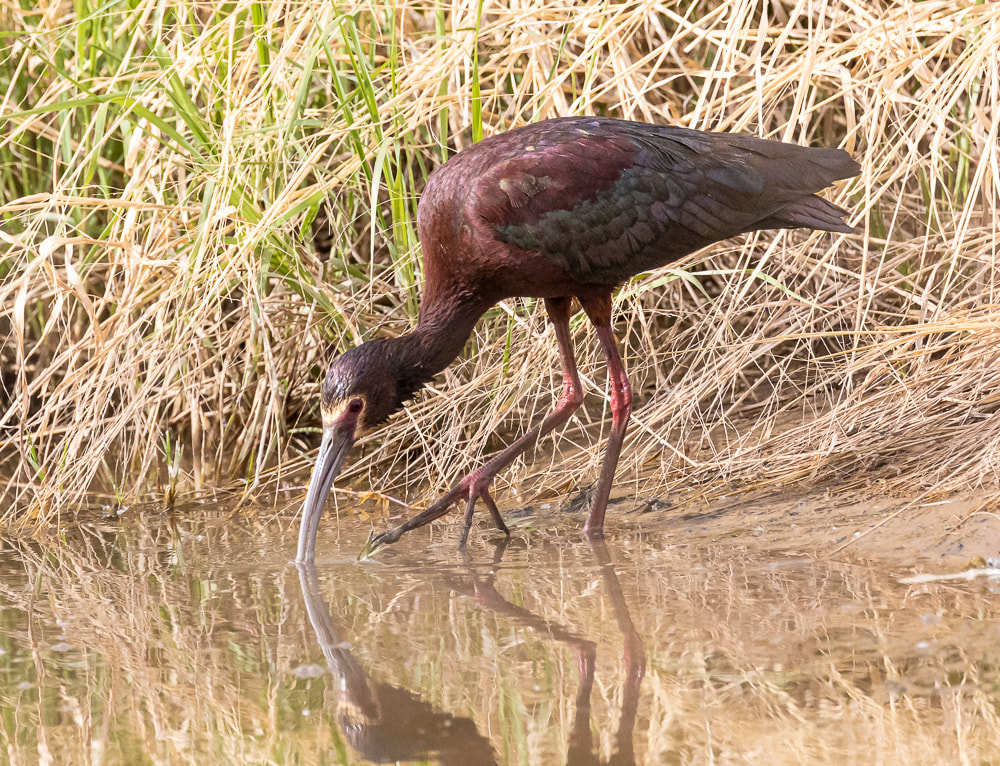
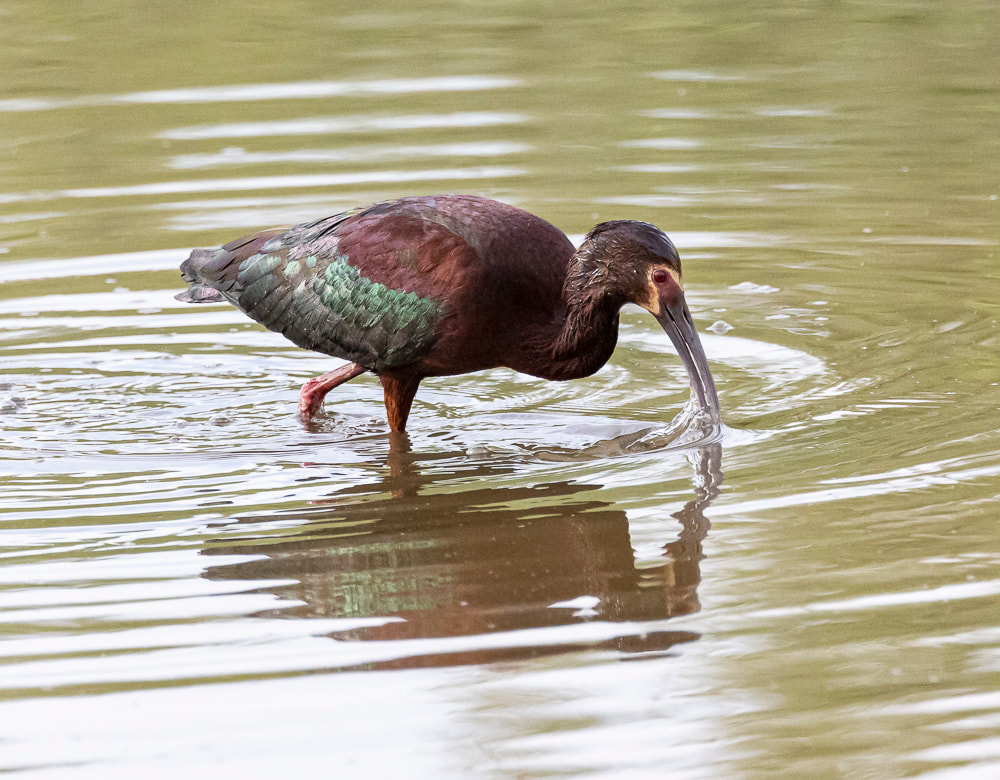
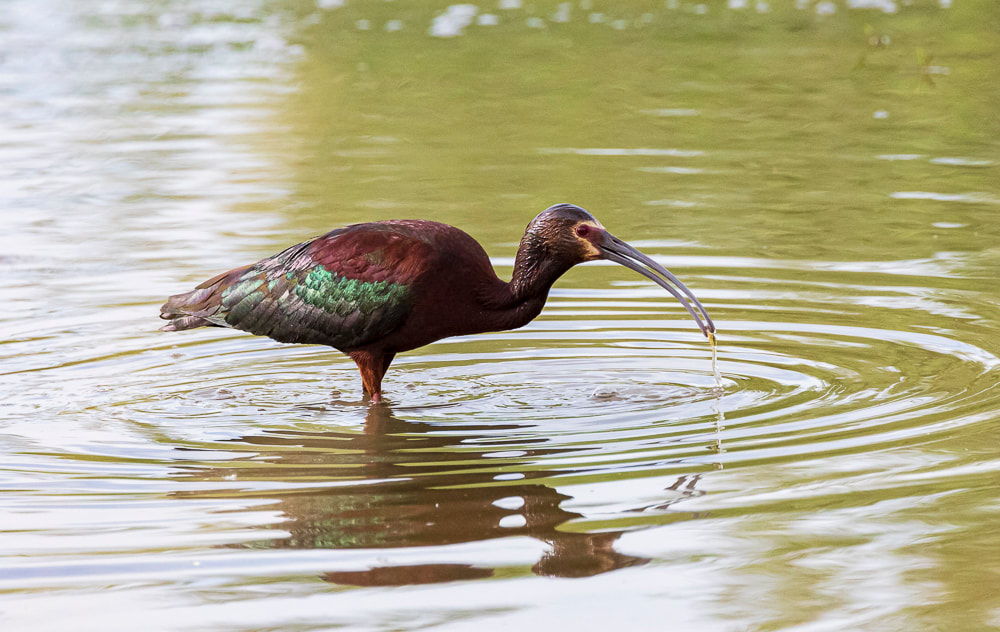
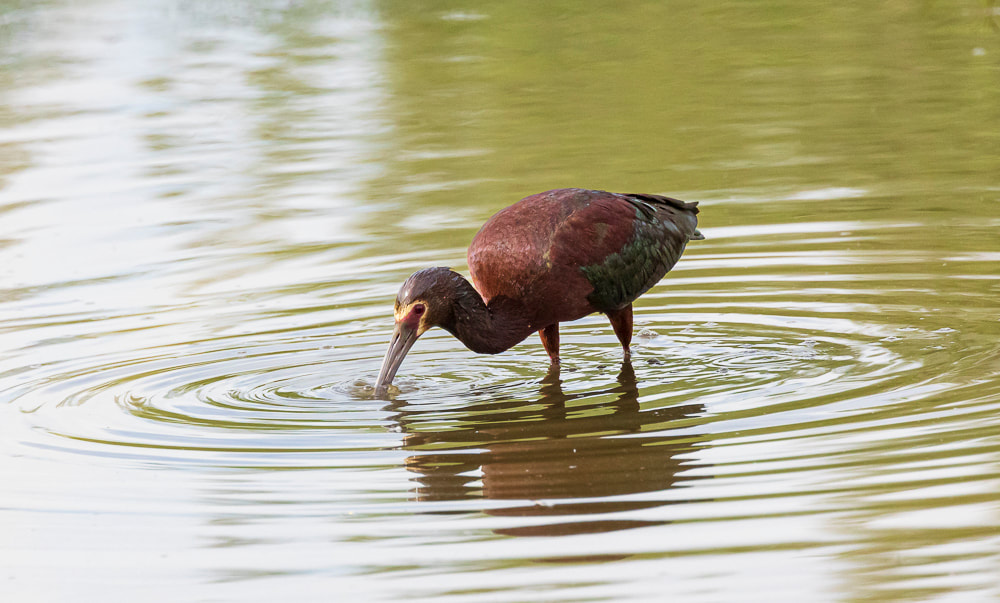
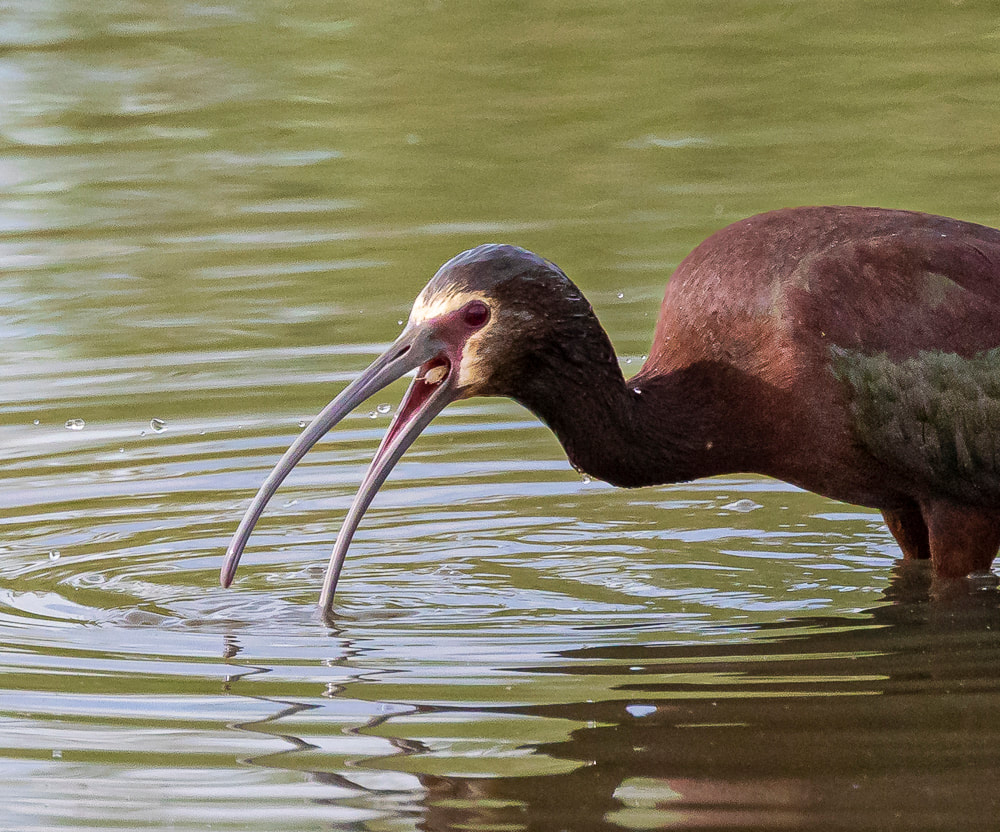

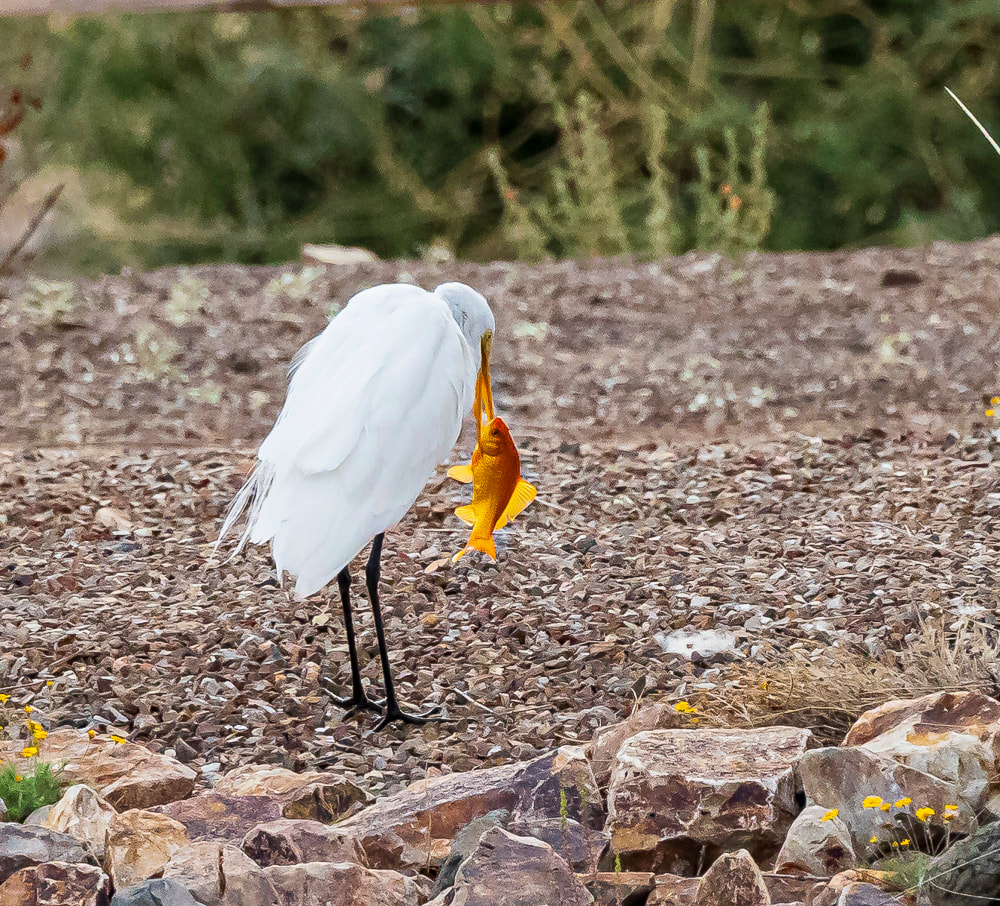
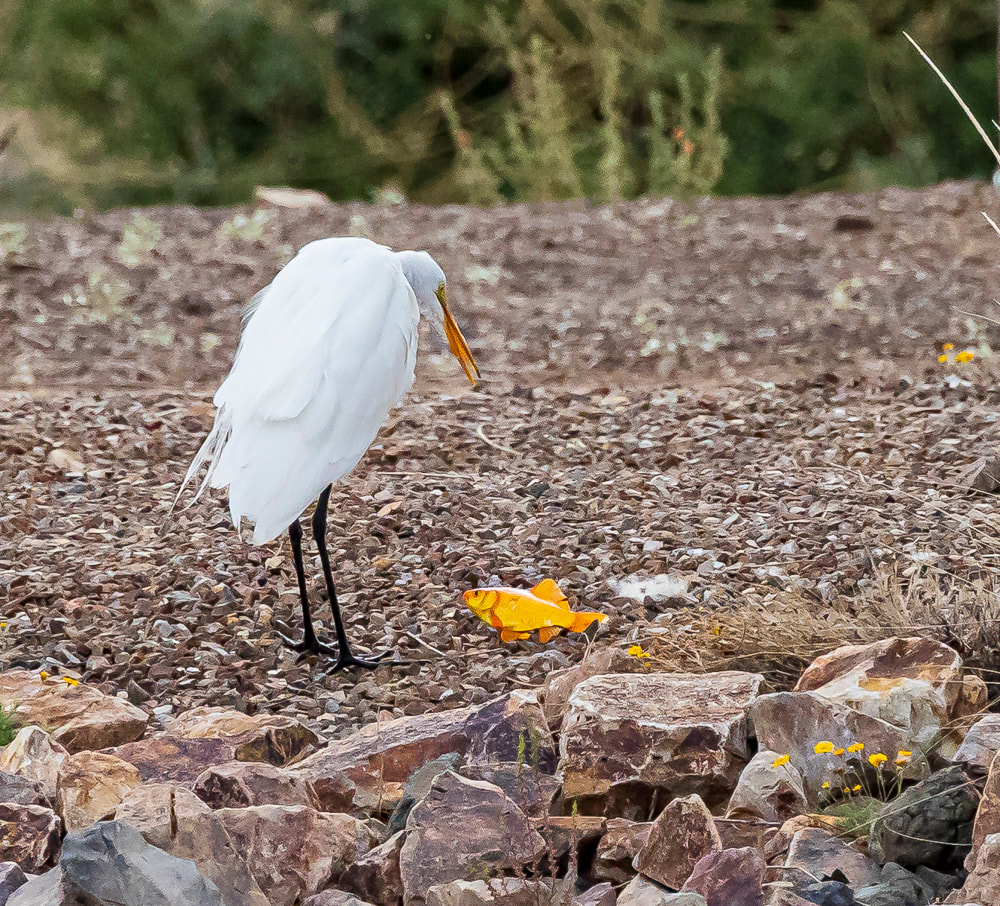
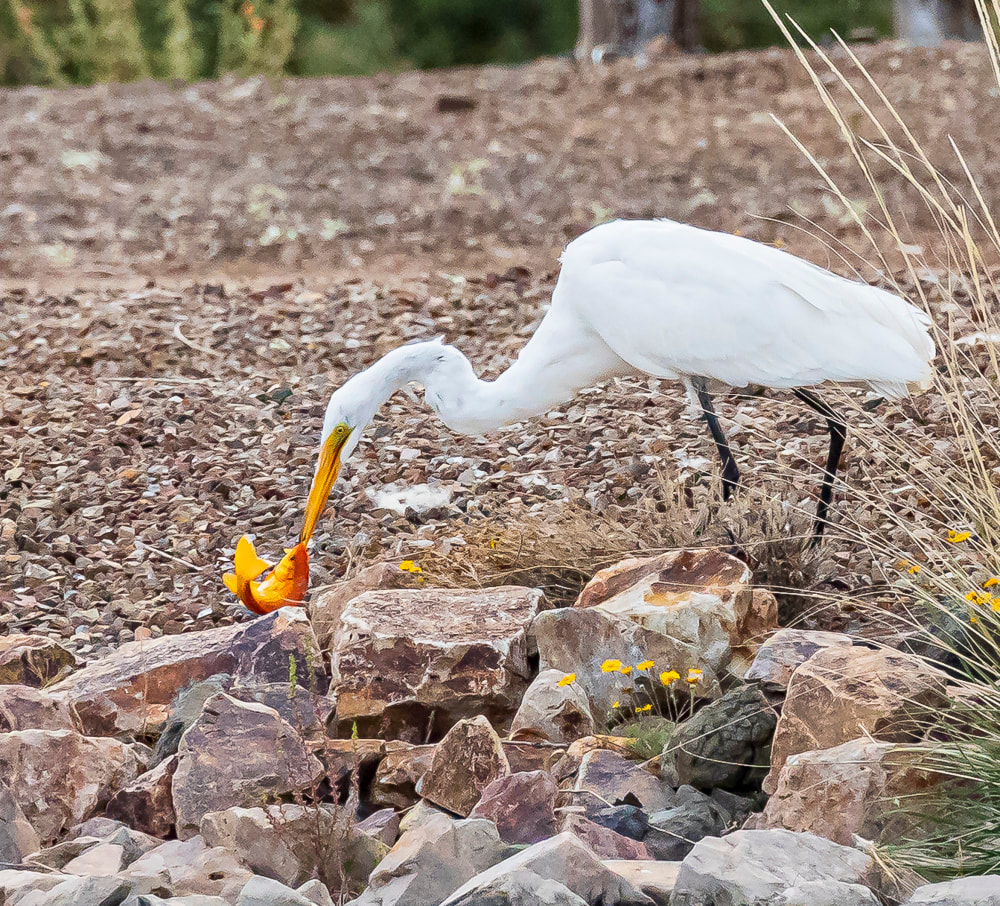
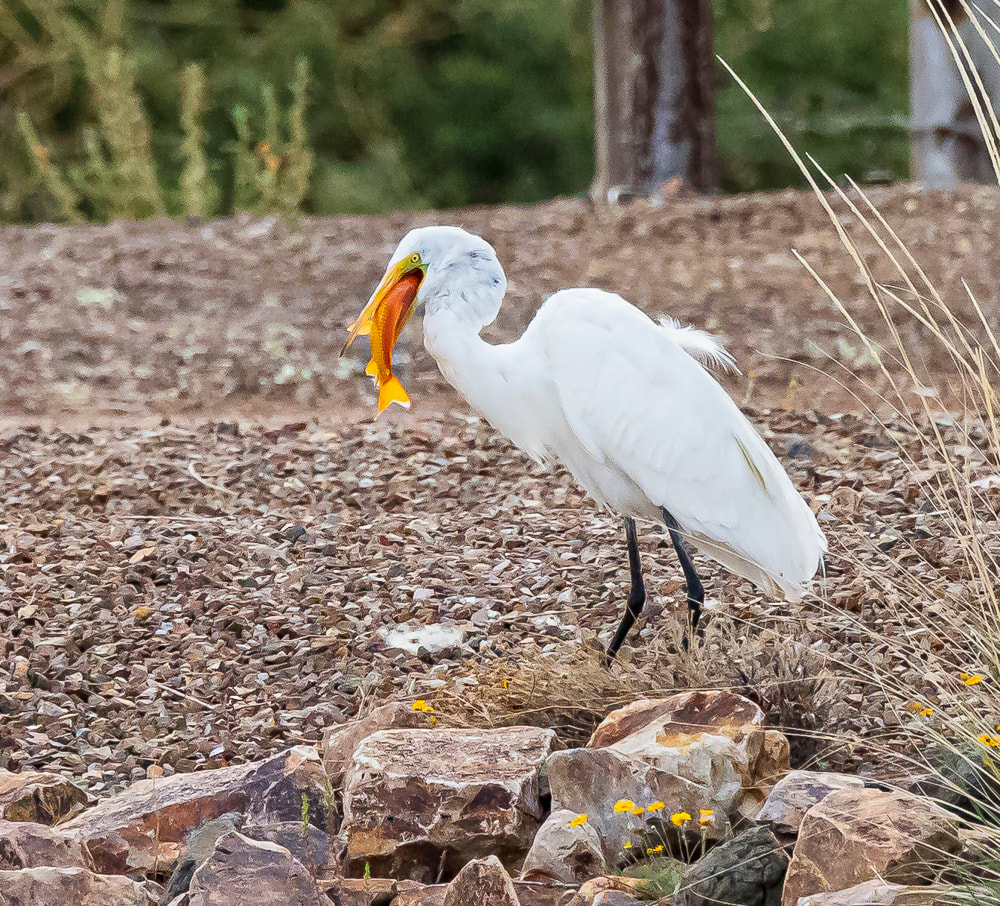
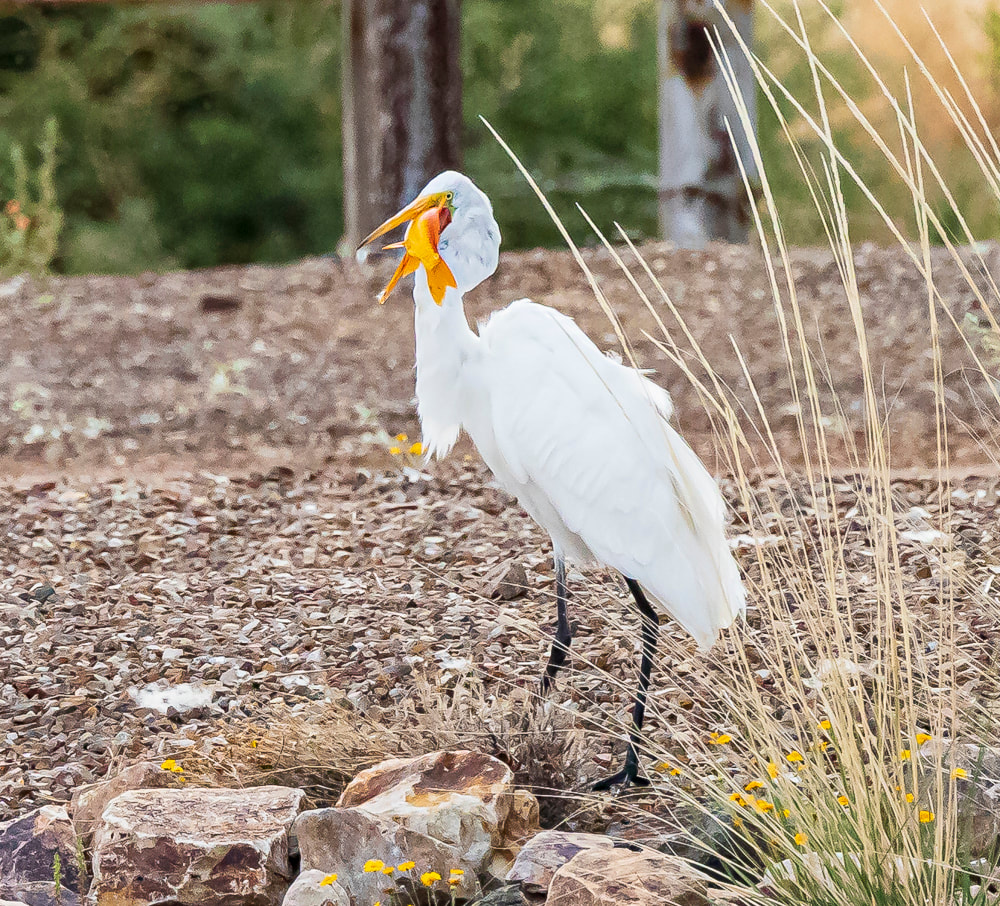
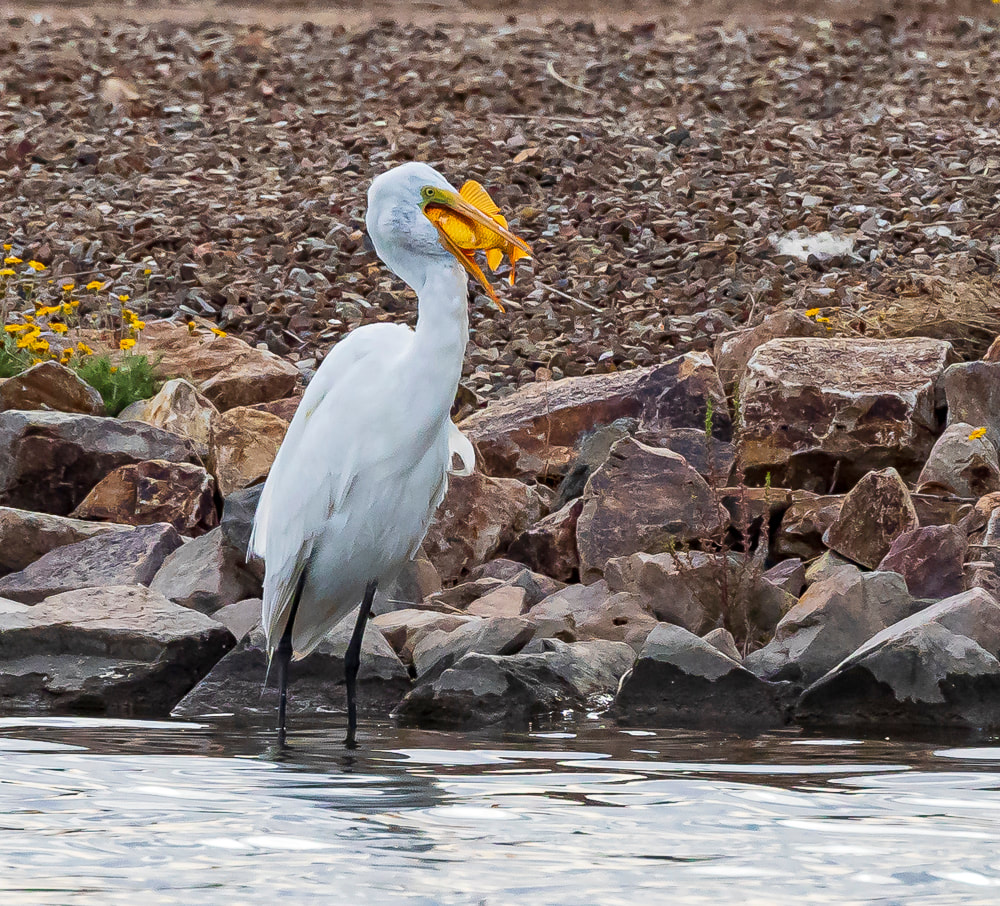
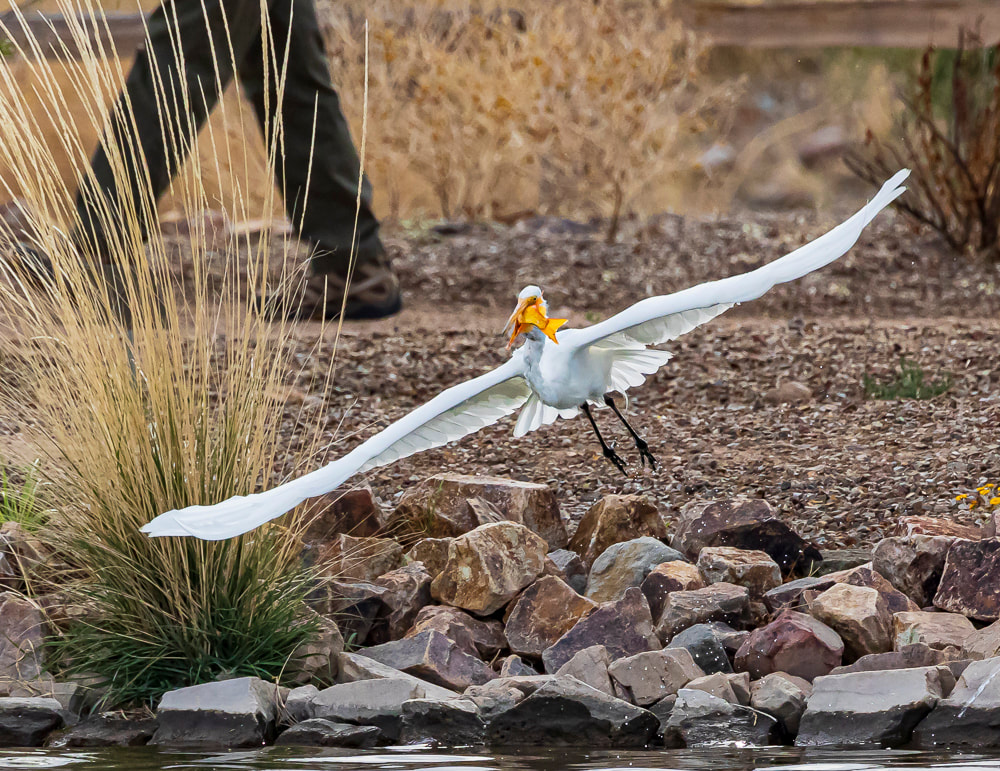
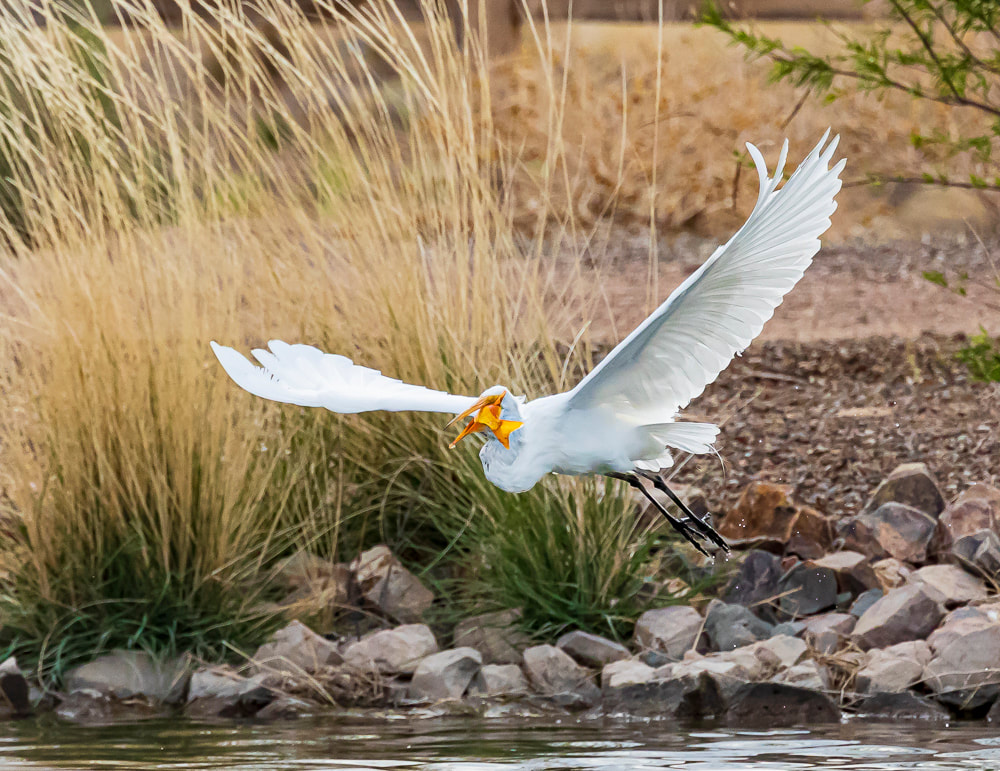
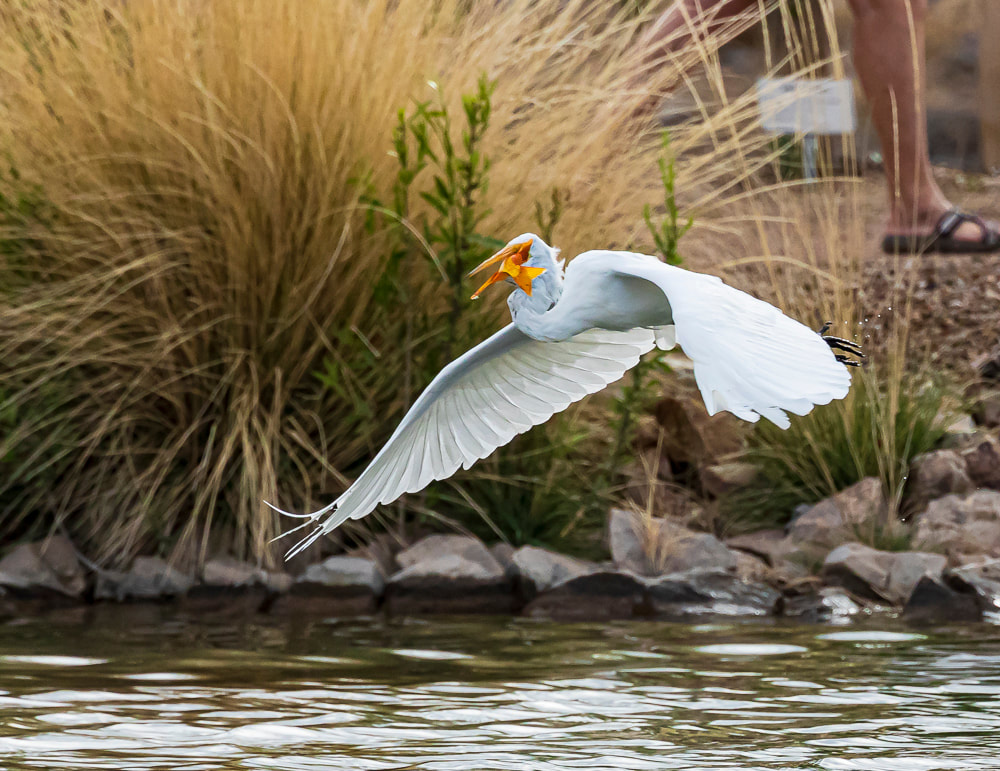
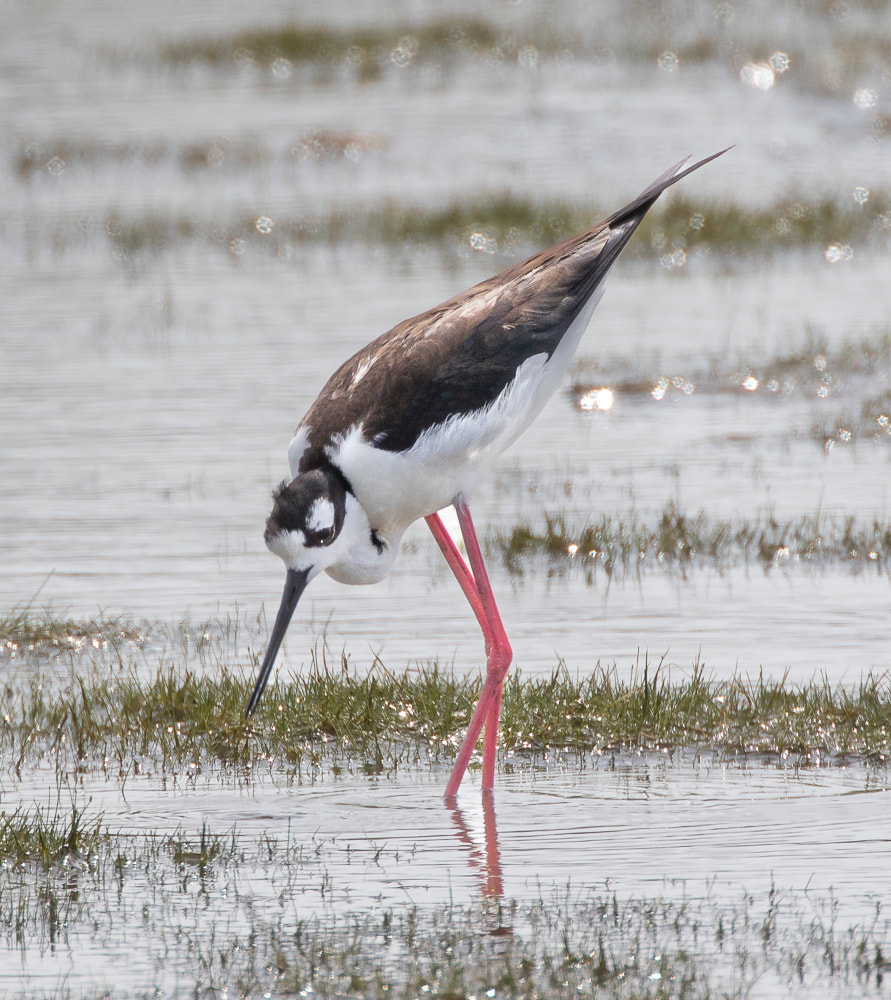
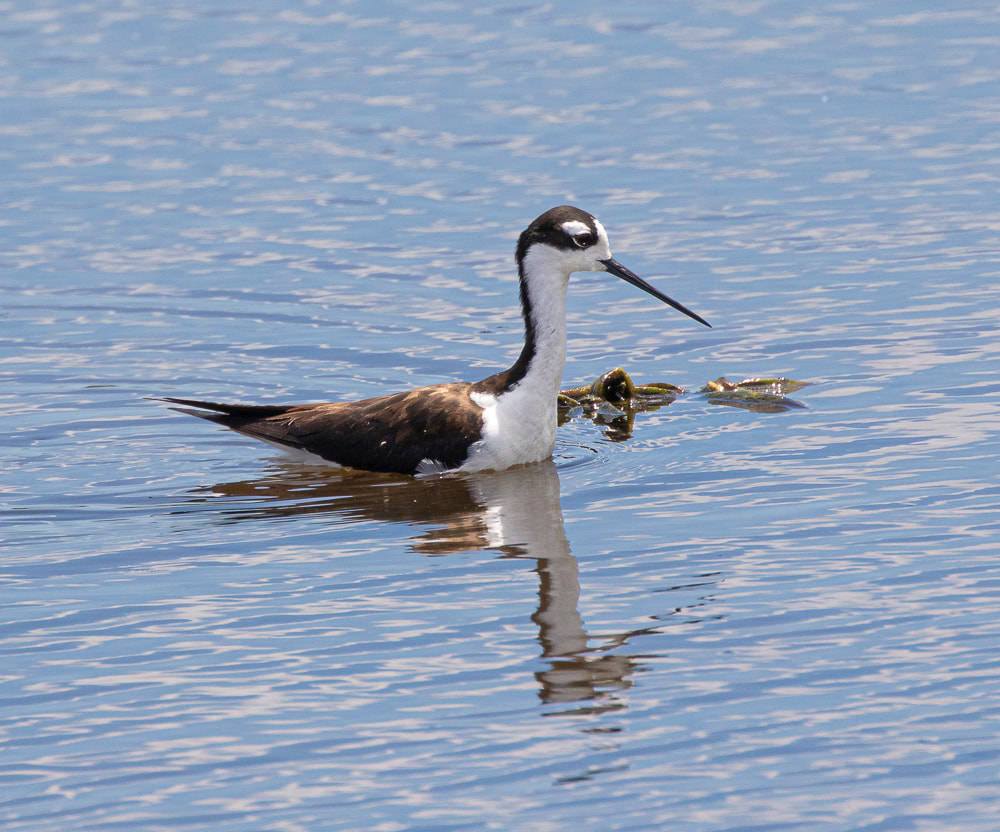
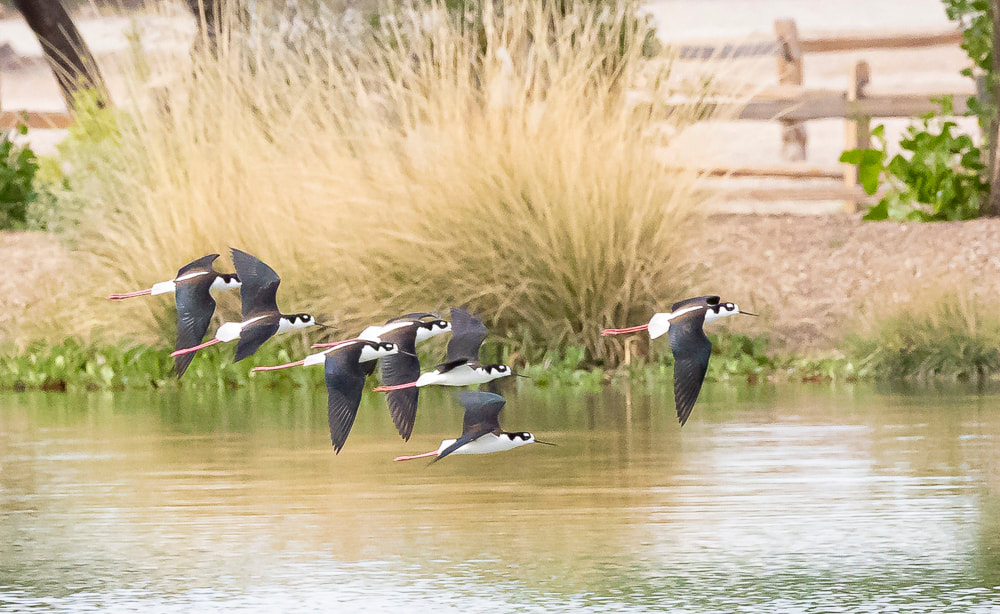
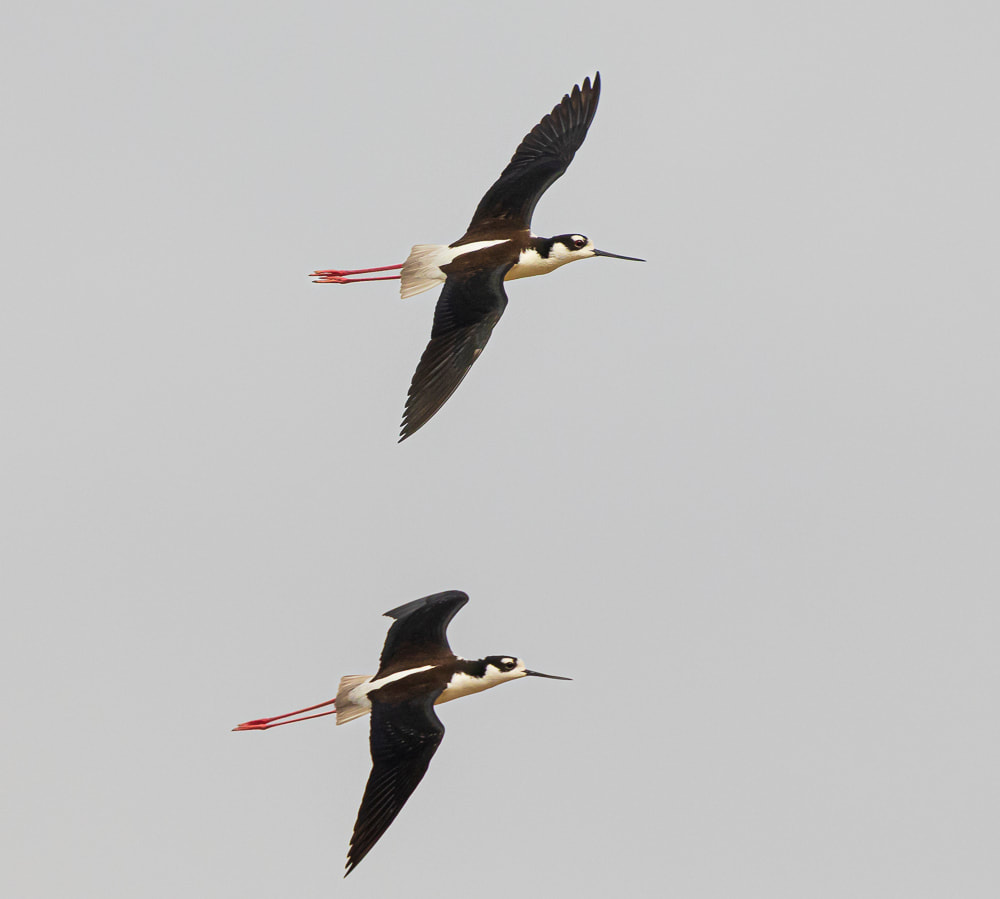
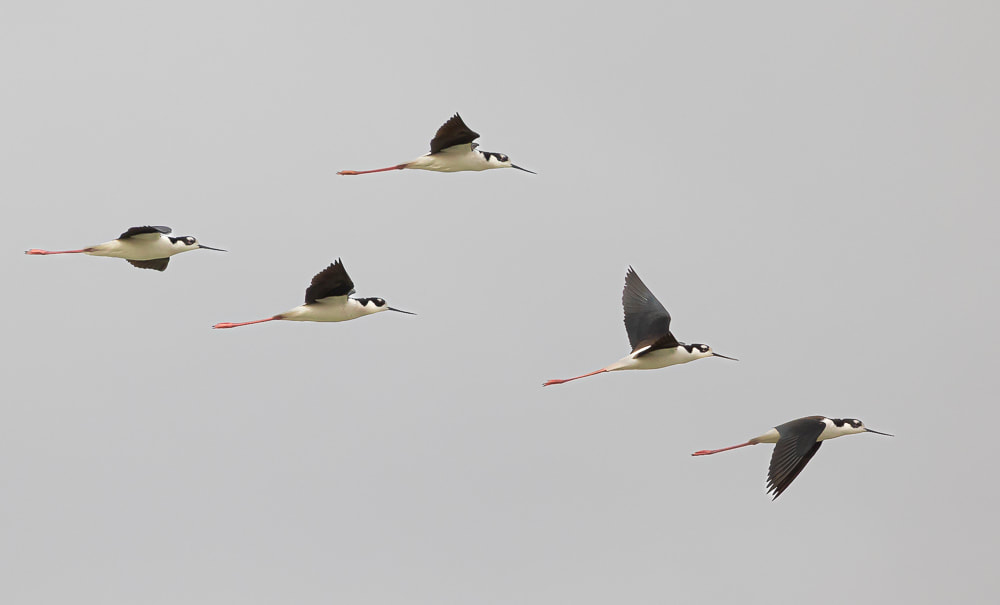
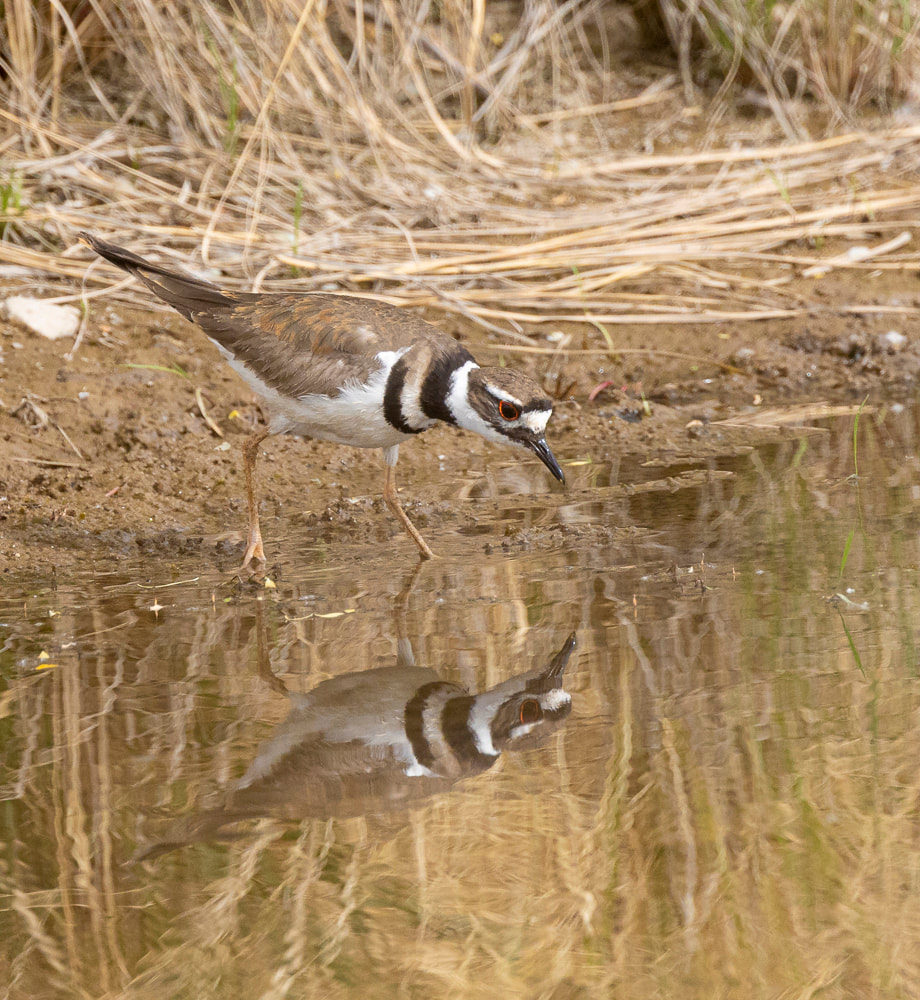
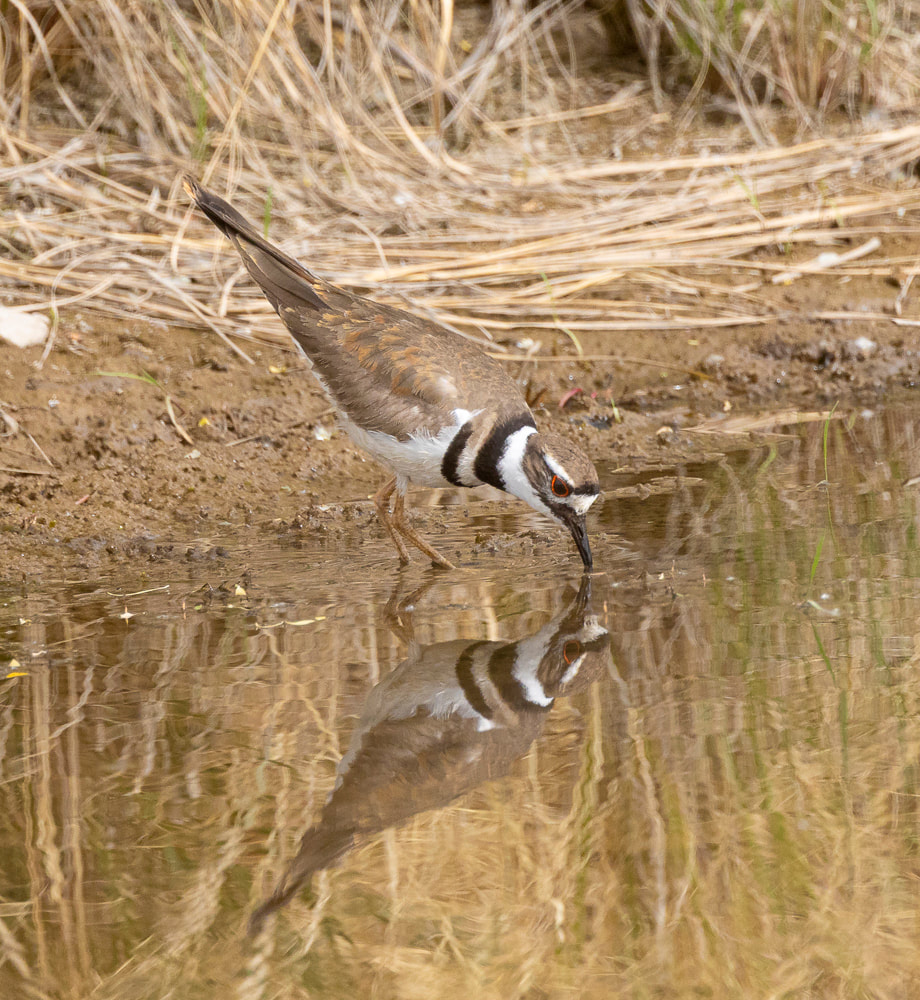
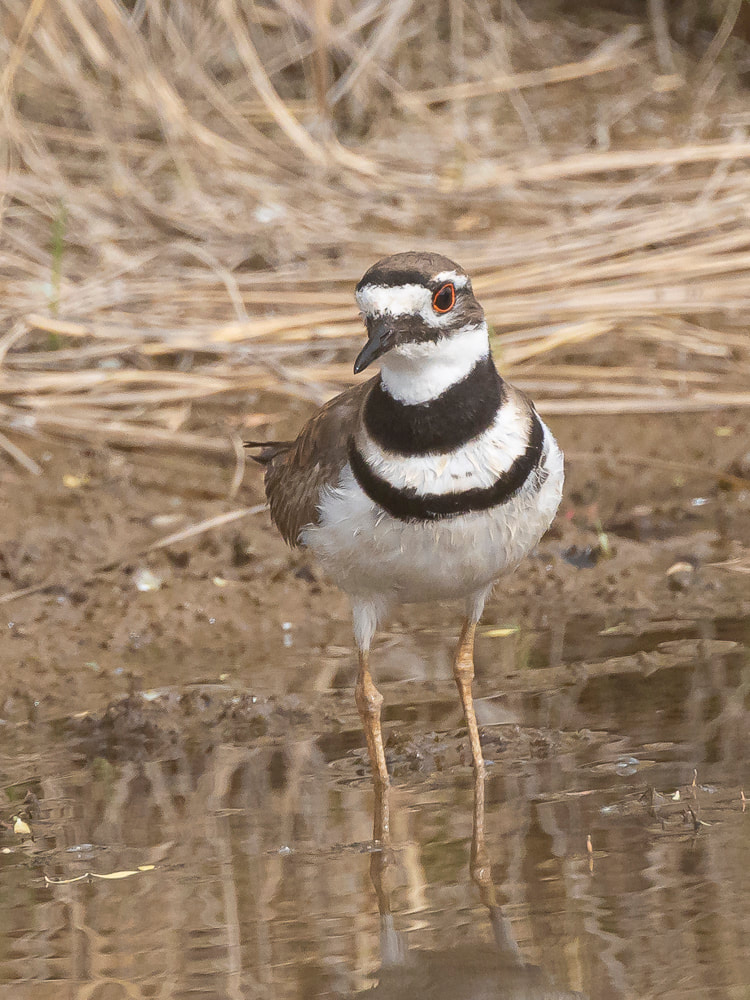
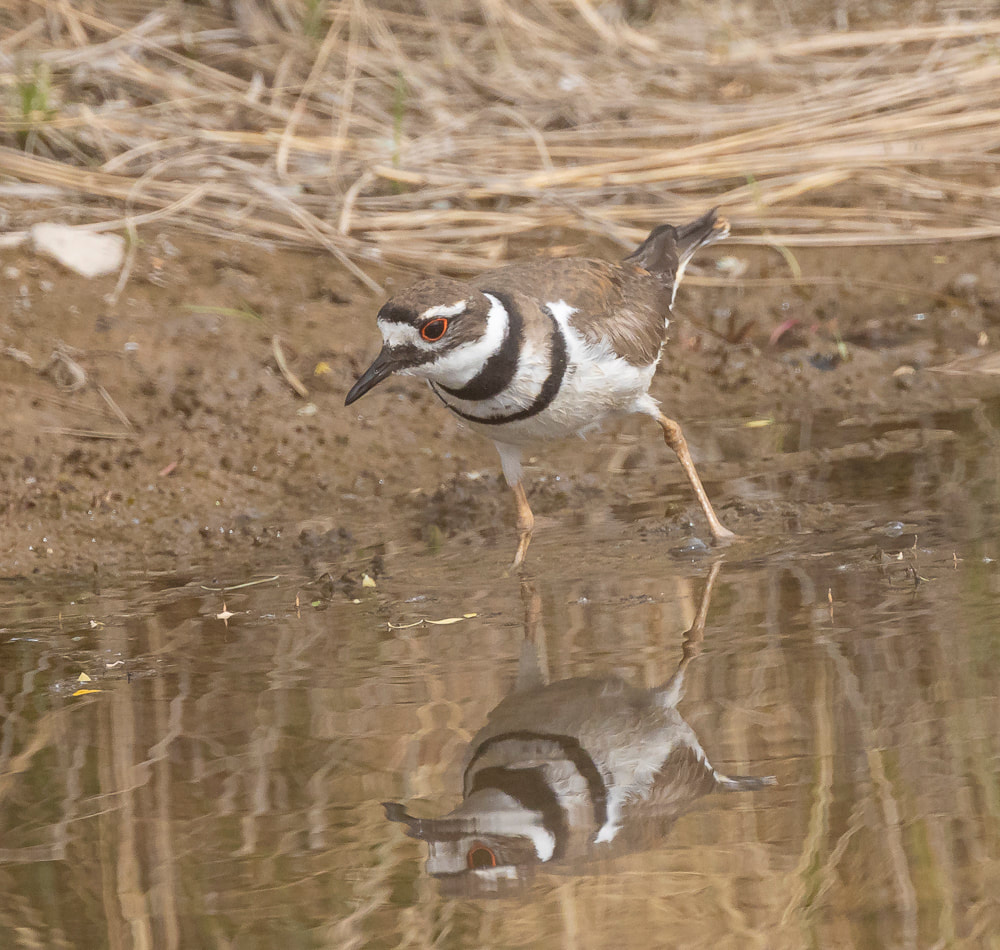
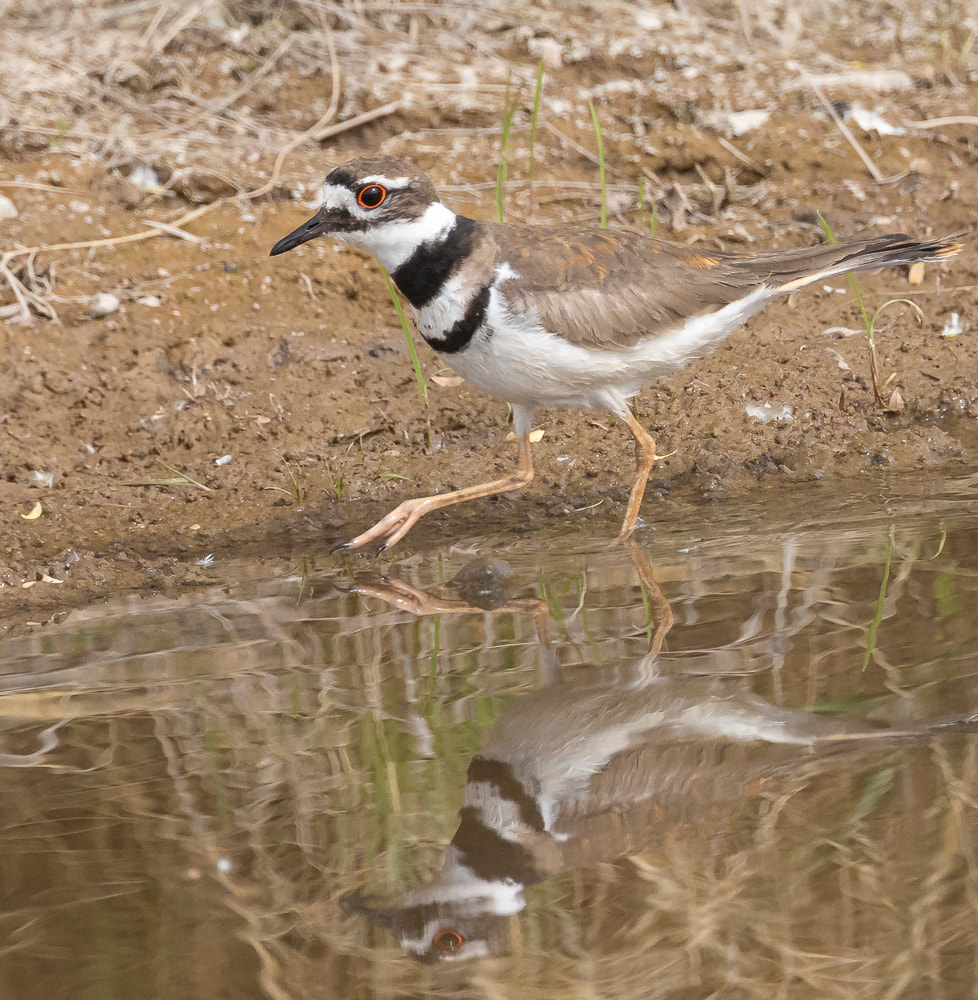
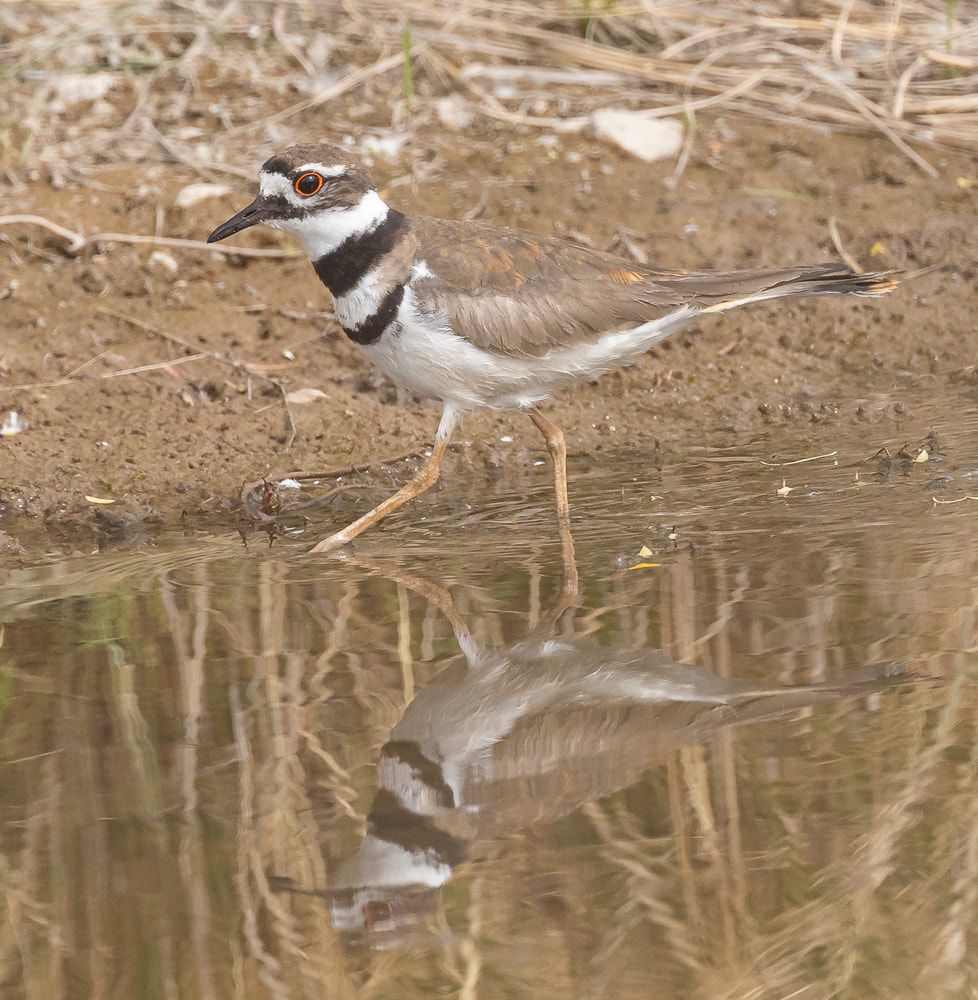
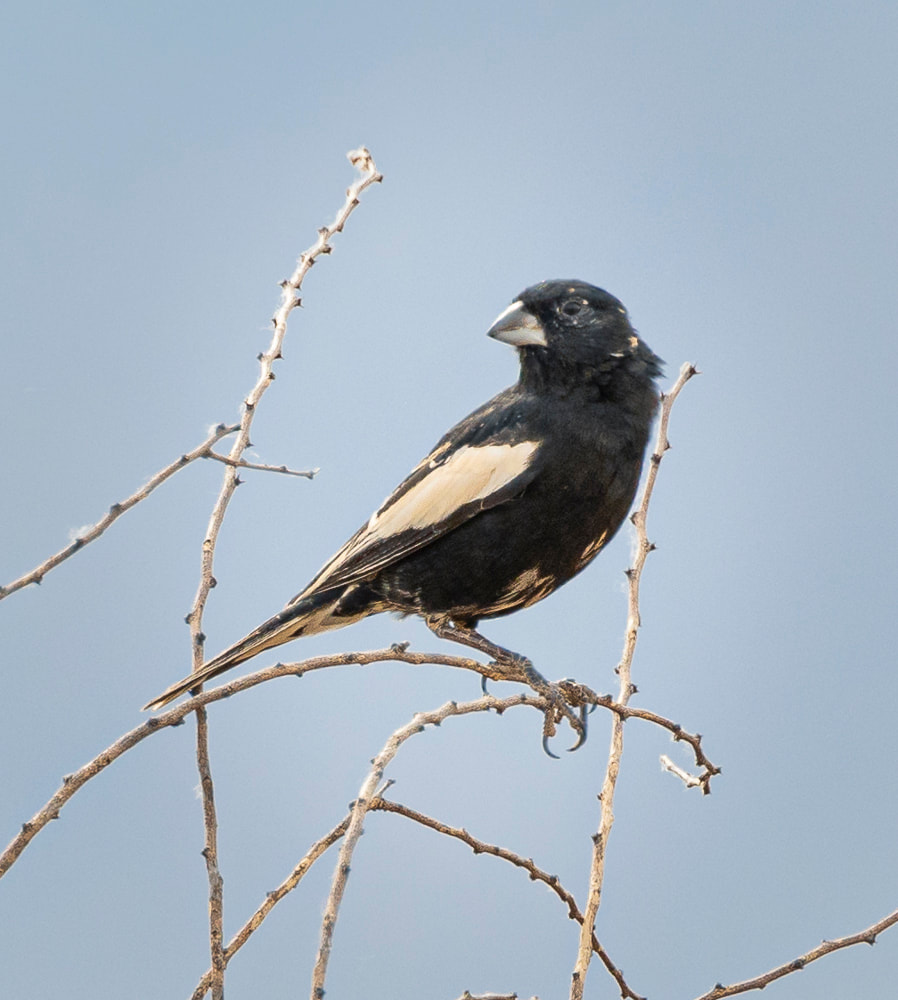
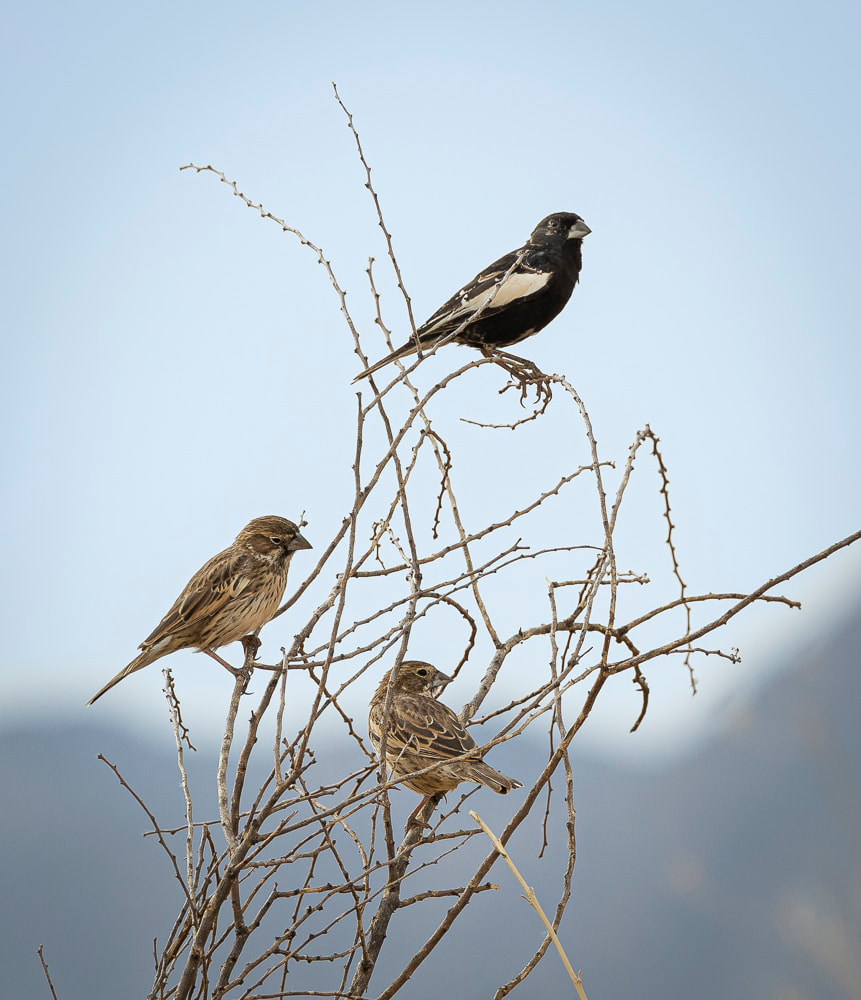
 RSS Feed
RSS Feed